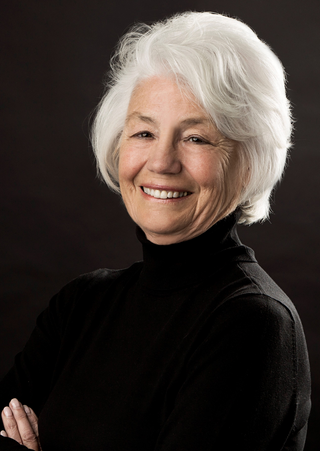The Canberra Times
by Lesley Russell
Last week America's first lady Michelle Obama announced formally her ambitious program to end the American plague of childhood obesity in a single generation, stating that she wants children at risk of obesity to face a different and more optimistic future in terms of their lifespan.
Mrs Obama has spoken out strongly about the connection between food and public health, health-care reform and children's nutrition. About 32 per cent of American children and adolescents are obese or overweight. Mrs Obama says, understandably, that the growing obesity statistics are something that never fail to take her breath away.
Her far-reaching program calls for an array of initiatives that target four key pillars: getting parents more informed about nutrition and exercise; improving the quality of food in schools; making healthy foods more affordable and accessible for families; and more physical activity. The focus is on what families, communities and the public and private sectors can do together to help fight childhood obesity. While the Federal Government will play a role in the initiative, it is described as a minor player in a very broad-based approach.
Nevertheless, the secretaries of education, agriculture and health were on hand when President Obama signed a memorandum to create a federal task-force which will have 90 days to craft a plan to coordinate efforts between private sector companies, not-for-profits, agencies within the government, and other organisations.
The Food and Drug Administration will begin working with retailers and manufacturers to adopt new labelling to provide people with easy access to the information they need to make healthy food choices for their children.
President Obama also plans to reauthorise the Child Nutrition Act, and will propose an additional $10 billion over 10 years, starting in 2011, to improve the quality of the school lunch and breakfast programs, increase the number of children participating, and ensure that schools have the resources they need to snake program changes.
According to the White House, on school days, many American children consume more than half their daily calories at school, and more than 30 million children participate in the National School Lunch Program.
A recent study commissioned by the United States Department of Agriculture, which funds school meal programs, sounded an alarm about the nutritional value of what was served - too much sugar, salt, fats and "empty" calories and too few fruits, vegetables, and low-fat dairy products. The same is true for the snacks and drinks sold in school vending machines. The aim now is to have major school food suppliers decrease sugar, fat and salt in school meals and increase whole grains and fresh produce.
In addition there will be a focus on physical activity in schools. According to the President's Council on Physical Fitness, only 28 per cent of students in grades 9 to 12 participate in daily school physical education, down from 42 per cent in 1991. Many gym classes and recess breaks have been lost as school budgets have tightened.
The first lady is also encouraging doctors and parents to work together to help children stay healthy. As partners in this initiative, the American Academy of Paediatrics will educate their members about obesity and working more closely with families when it comes to weight and nutrition.
Michelle Obama has already earned accolades for making healthy living and eliminating childhood obesity a priority and she will be an effective, enthusiastic lobbyist for this important cause. Her leadership and her ability to co-opt those at the highest levels will be crucial if real and sustainable changes are to be made. She can be the best example, especially as African- American adults and children have the worst obesity problem; 37 per cent of black men are obese and the rate for African-American women is nearly 50 per cent.
This is just the type of program that is needed to address childhood obesity. It's a coordinated national initiative with all the right partners, it takes a whole-of-government approach at the federal level, has mechanisms to ensure that efforts are tailored to local needs and delivered in targeted communities, with effective public education and advocacy, leadership from the very top, and spearheaded by the best ambassador in the nation.
Dr Lesley Russell is the Menzies Foundation Fellow at the Menzies Centre for Health Policy, University of Sydney-ANU, and a research associate at the US Studies Centre, University of Sydney. She is currently a visiting fellow at the Centre for American Progress, Washington DC.





